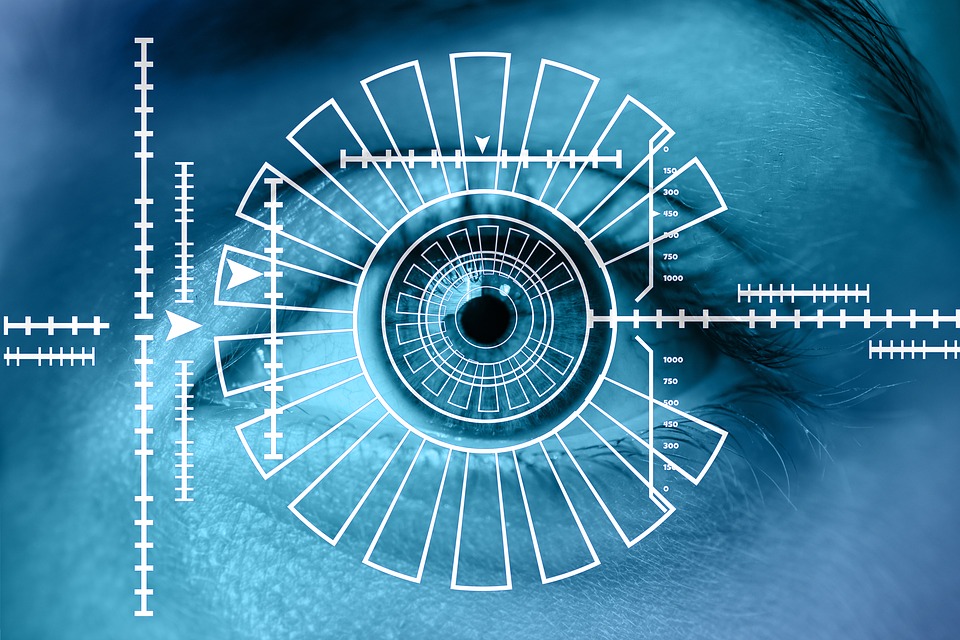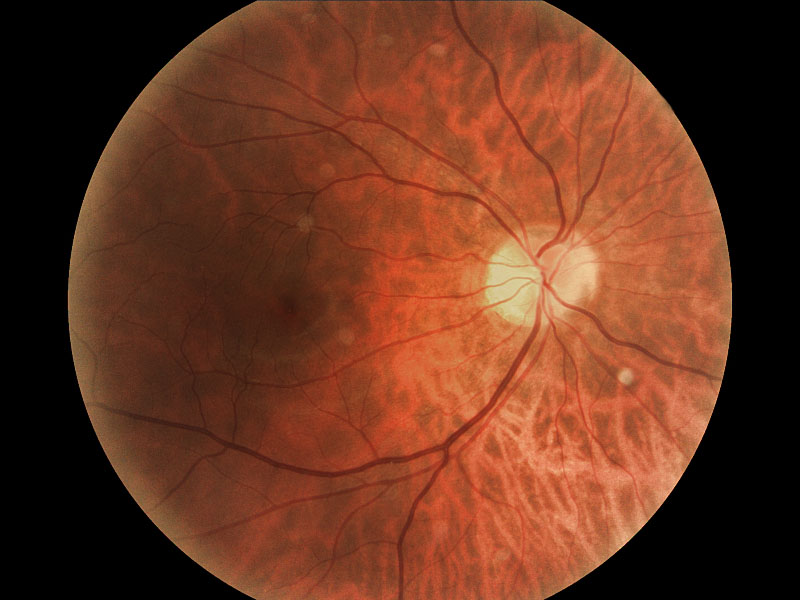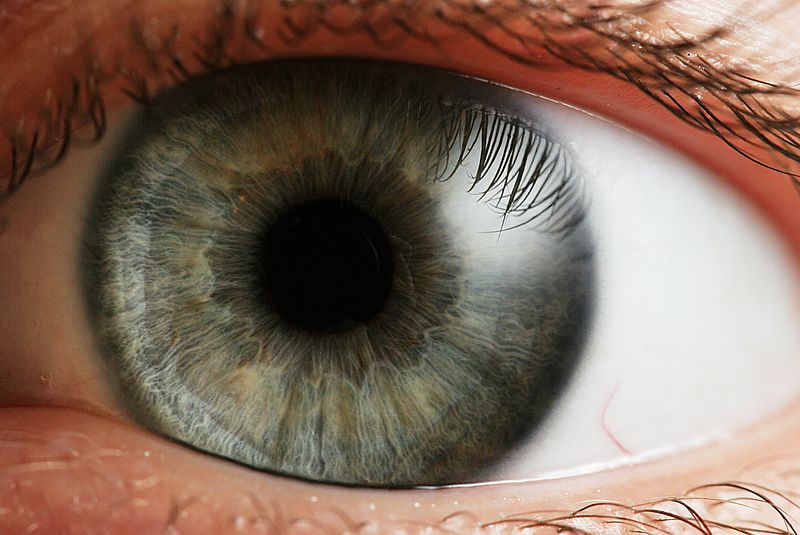Usually you see and then identify things. You can make out that a cup is a cup, a ball is a ball and that your friend Jay is Jay. You identify because you see.
But what if we flip this around? You see, so you are identified. What technology makes it possible that the same eyes that you use to identify things around you, are now used to identify you? That technology has been around for a while now. I’ll give you two in fact. Retina scan and iris scan.
What are retina and iris?
The retina is a screen-like structure at the back of your eyeball. What you call ‘seeing’ is actually your mind receiving an image formed inside the retina. The image is transmitted to your brain using optic nerves. If the retina is the screen, the iris is the aperture controller. The iris is a set of muscles very similar to the flaps on the aperture of a camera. The iris expands and contracts, controlling the diameter of your pupils. The pupils control how much light is sent to your retina.
Iris scan

When you look into someone’s eyes, you see the iris. The iris can be black, brown, grey, blue or green. To the untrained eye, the iris appears to be a flat circle. In reality, it is a combination of interlocked patterns of muscles. The pattern is so intricate, that it is different for different persons, just like anything complex within nature.
Here is how an iris scanner helps identify you. When you are in an area where authentication is required, a high resolution camera is placed 3 to 10 inches away from you. The camera can watch you as you approach. The camera zooms as close to your eyes as possible and takes a photograph. Various filters and adjustments are then applied to your photo until the image of your iris is extracted in clear detail. A software extracts the complex pattern of the iris and matches it with a database of several other iris images until it either finds a match or runs out of records to match.
The advantage of iris scan is that it is non-intrusive. You are allowed to carry on with your regular activity without pausing at the point of authentication. The only condition is that you need to be looking in the direction of the camera. This is achieved easily by setting the camera directly in front of you, e.g. next to the door that you are going to access.
Along with being a seamless way to authenticate, an iris scan is also suitable for scanning suspects for identification without them knowing about it.
Retinal scan

For a retinal scan, the scanning device sends a focused beam of light into your eye. You place one of your eyes right on a glass casing on the device’s beam source. The light is bright enough to illuminate the insides of your eyeball, so that the structure of crisscrossing veins inside the eyeball can be seen. The crisscrossing veins form a complex pattern that is unique to every person. Similar to iris scan, the pattern is matched against a database of patterns to find a match.
In retinal scan, the person who is being identified places his/her eye in front of the beam of light. This means that he/she has to pause his/her current activity and give a few seconds of his/her time for authentication. So a retinal scan is intrusive. This is okay if people expect tight security, such as an airport security check.
Conclusion
Yours eyes are your window to the world. What you see around you is because of your eyesight. But with retinal and iris scan, your eyes can also be your window to highly secure systems, identifying and authorising you securely and giving you the peace of mind that your data is safe and away from other prying eyes :-P.
